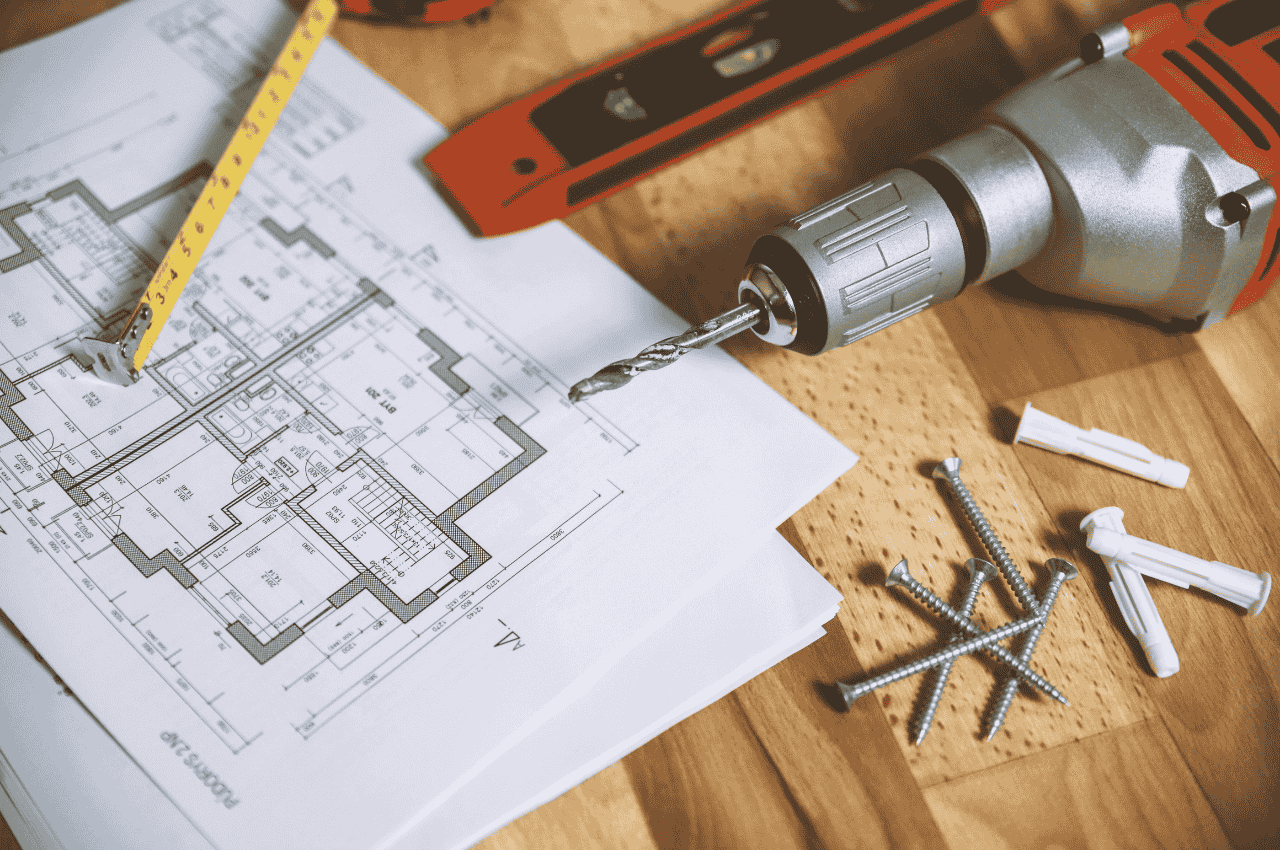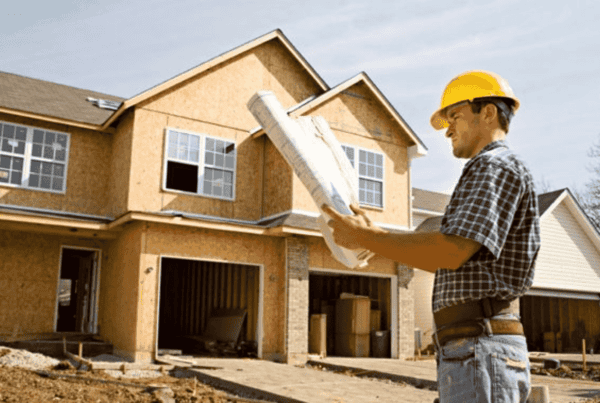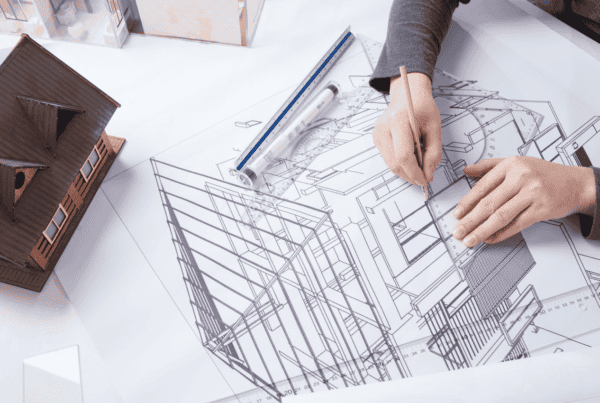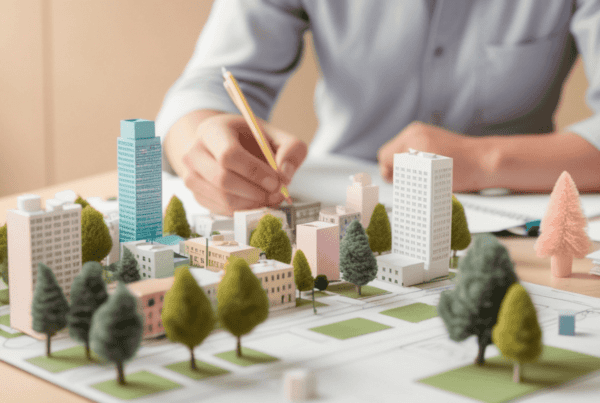Introduction
Bungalows in Kuala Lumpur (KL) are more than just houses—they are family legacies, status symbols, and comfortable havens within the city’s bustling landscape. Unlike high-rise living, owning a bungalow offers expansive space, privacy, and the freedom to customize every detail. But with this freedom comes responsibility: renovating a bungalow can be an overwhelming journey if you’re not well-prepared.
Whether you’ve purchased an older property or want to modernize your existing family home, this complete guide to bungalow renovation in KL will help you plan wisely, avoid common pitfalls, and create a dream residence that suits your lifestyle.
Why Renovate a Bungalow in KL?
Maximize Property Value
Bungalows in KL, especially in prime locations such as Bangsar, Damansara Heights, and Mont Kiara, are highly sought after. A well-designed renovation can significantly increase the resale value.
Customize Your Lifestyle
Renovation allows you to adapt your home to your unique needs—be it adding a home office, entertainment room, gym, or a landscaped garden.
Preserve and Modernize
Many bungalows built decades ago have solid structures but outdated designs. Renovating helps maintain the heritage while introducing modern aesthetics and smart home technology.
Energy Efficiency
During renovations, homeowners have the chance to incorporate eco-friendly solutions such as solar panels, energy-efficient windows, and water-saving systems.
Step 1: Define Your Renovation Goals
Before engaging an architect or contractor, clarify your objectives:
- Do you want a complete overhaul or a cosmetic upgrade?
- Is your priority aesthetic appeal or functional improvement?
- Will the bungalow be owner-occupied or rented out?
For instance, if you’re planning to live there long-term, focus on durable materials and layouts that enhance daily comfort. Choose designs that will appeal to a wide range of buyers if it’s an investment property.
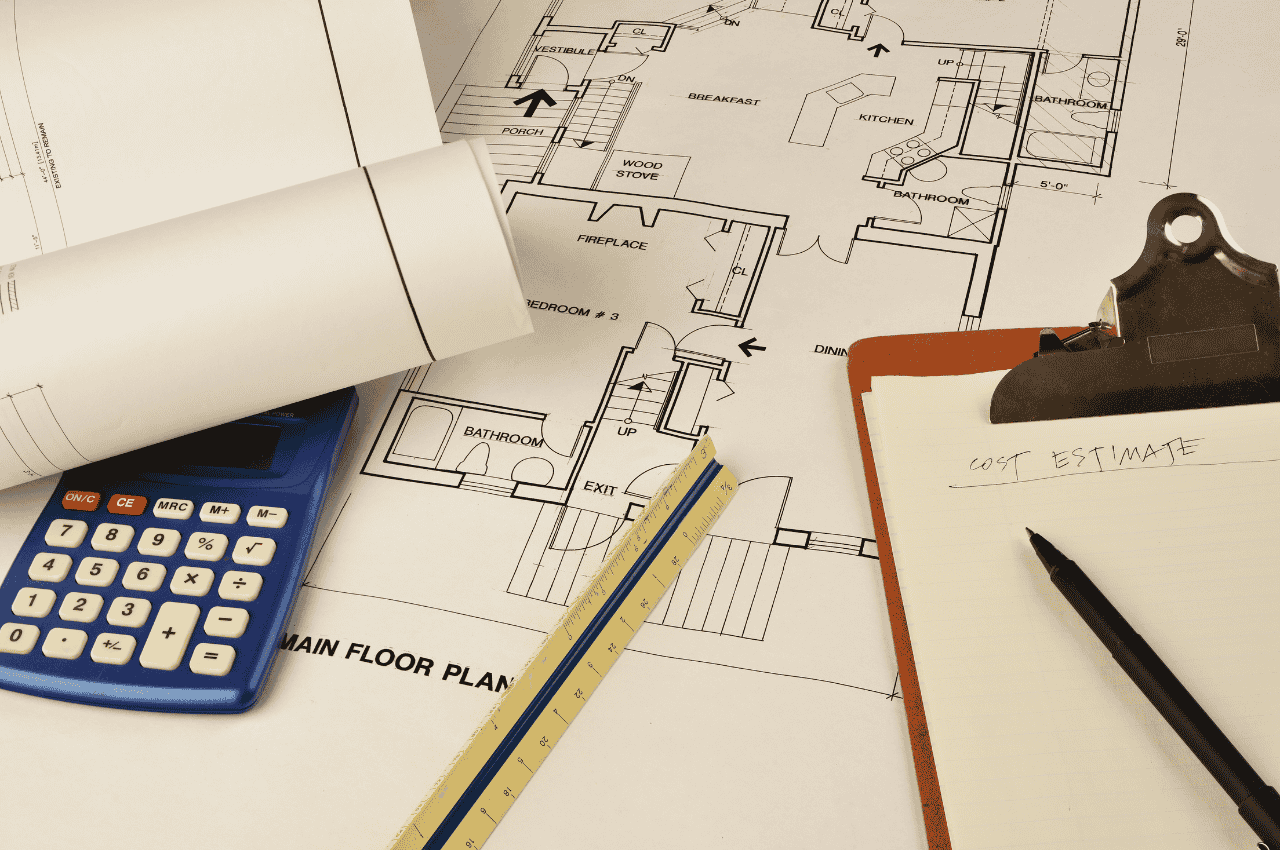
Step 2: Budgeting for Your Bungalow Renovation
Renovating a bungalow in KL can range from RM300,000 to over RM2 million, depending on the scale and luxury finishes chosen. Key cost factors include:
- Structural changes (extensions, raising ceilings, adding floors)
- Interior design and finishes (tiles, paint, cabinetry, lighting)
- Mechanical and electrical systems (plumbing, wiring, air-conditioning)
- Landscape and outdoor features (swimming pool, patios, garden design)
Always allocate 10–15% contingency for unexpected costs. In older bungalows, hidden issues such as faulty wiring, plumbing leaks, or weak foundations often surface during renovation.
Step 3: Engage the Right Professionals
Bungalow renovations require more than just a contractor. In KL, the following professionals are often involved:
- Architects – For structural redesign, extensions, and overall planning.
- Interior Designers – To craft functional, aesthetic spaces aligned with your style.
- Quantity Surveyors – To provide accurate cost estimates and keep budgets in check.
- Contractors – To execute the physical work.
- Landscape Architects – If you want to optimize outdoor spaces.
Tip: Choose professionals familiar with Kuala Lumpur’s local council regulations (DBKL) and approval processes to avoid delays.
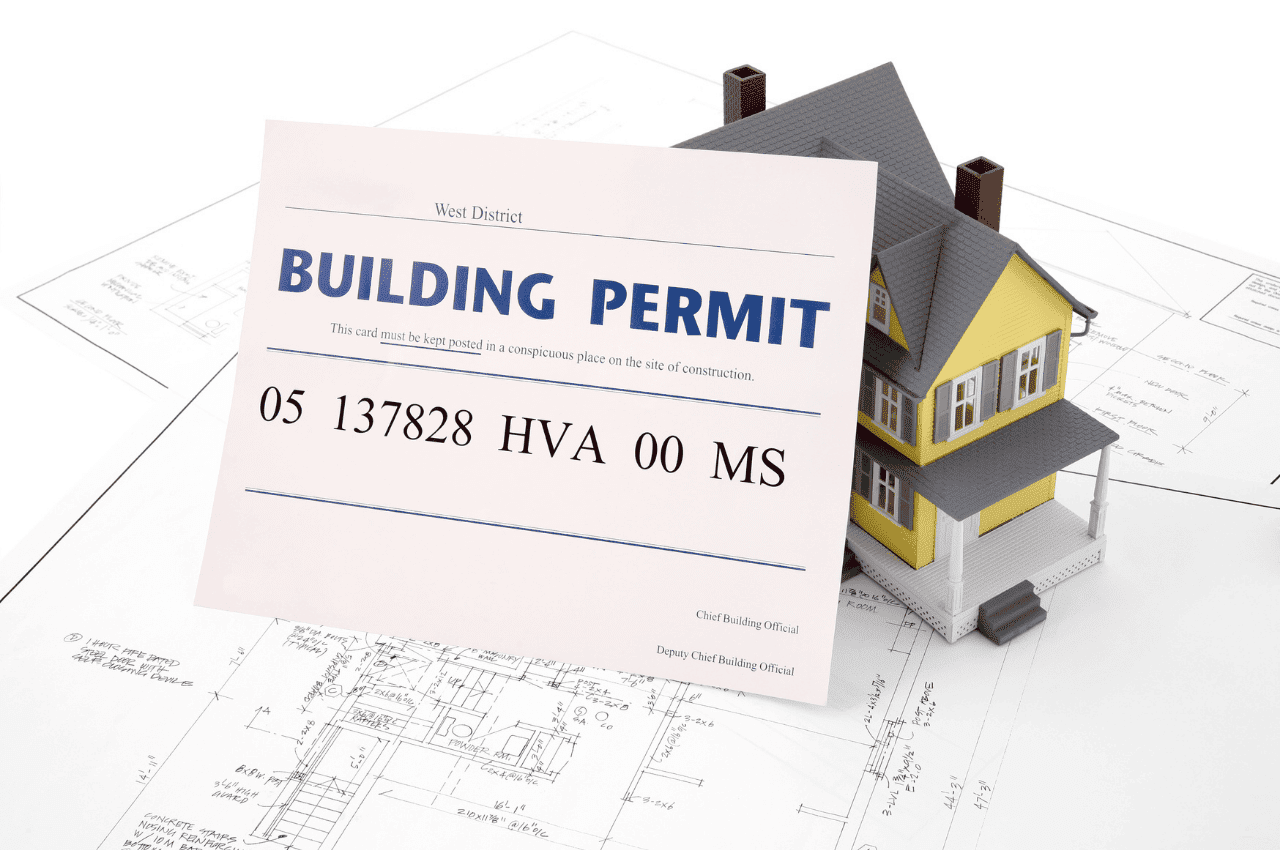
Step 4: Navigating Permits and Regulations
Renovating a bungalow in KL requires approval from local authorities. This ensures the renovation complies with zoning laws, safety standards, and building codes. Permits may include:
- Renovation Permit – For structural works and extensions.
- Planning Permission – If altering the external facade significantly.
- Building Plan Approval – Submitted by an architect.
- Utility Approvals – For electrical, plumbing, or gas modifications.
Skipping permits can result in fines, demolition orders, or difficulty selling the property later.
Step 5: Design Considerations for KL Bungalows
1. Space Planning
With larger land sizes, bungalows offer room to experiment. Common upgrades include:
- Open-plan living areas to enhance natural light and flow.
- Expanding kitchens into showpiece spaces with islands and dining extensions.
- Adding extra bedrooms or a guest suite for multi-generational living.
2. Climate Adaptation
KL’s tropical climate requires designs that balance comfort and energy efficiency:
- Wide overhangs and pergolas to reduce heat gain.
- Cross-ventilation through strategically placed windows.
- High ceilings to promote airflow.
- Use of heat-resistant roofing and tinted glass.
3. Modern Touches
Homeowners are increasingly integrating:
- Smart home systems (like lighting, security, and climate control).
- Home theaters and entertainment zones.
- Luxurious bathrooms with spa-like features.
- Infinity pools or landscaped gardens for relaxation.
4. Sustainability
Eco-conscious renovations in KL are on the rise. Consider:
- Rainwater harvesting systems.
- Solar water heaters.
- Green roofs or vertical gardens.
- Recycled or locally sourced materials.
Step 6: Choosing Materials and Finishes
Materials define the longevity and feel of your bungalow. In KL’s humid climate:
- Tiles and natural stone are ideal for flooring (durable and cooling).
- Solid wood adds warmth but must be properly treated against termites.
- Aluminium and UPVC for windows and doors provide low-maintenance durability.
- High-quality paint with anti-mould properties prevents damp issues.
Step 7: Renovation Timeline
A full-scale bungalow renovation can take 6 months to 2 years, depending on its complexity. General phases include:
- Planning and approvals – 1–3 months.
- Demolition and structural works – 2–4 months.
- Mechanical, electrical, and plumbing installations – 1–3 months.
- Interior finishes – 2–4 months.
- Landscaping and final touches – 1–2 months.
Homeowners should be realistic and patient. Rushed jobs often result in poor workmanship.
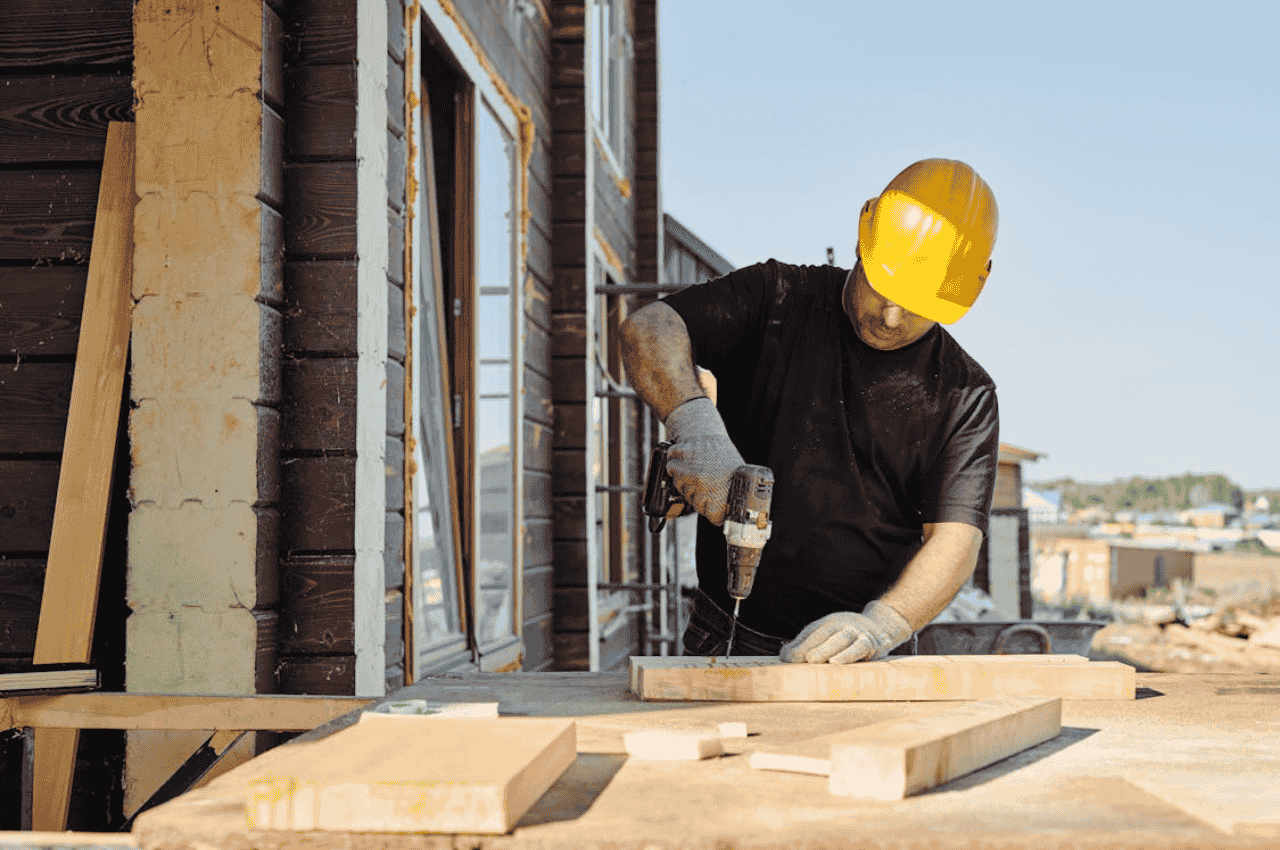
Step 8: Managing Your Renovation
- Regular Site Visits: Monitor progress and ensure the design alignment.
- Clear Communication: Set up WhatsApp groups or project management apps with contractors.
- Stage Payments: Release payments progressively based on milestones.
- Document Everything: Keep written records of approvals, invoices, and contracts.
Step 9: Common Challenges in KL Bungalow Renovations
- Hidden Structural Issues – Old bungalows may conceal termite damage or weak foundations.
- Budget Overruns – Luxury finishes can quickly escalate costs.
- Approval Delays – Navigating DBKL approvals can take longer than expected.
- Contractor Reliability – Some may under-deliver, hence referrals and reviews are vital.
- Neighbour Concerns – Noise, dust, and boundary issues can arise; maintaining good communication with neighbours is key.
Step 10: Bringing Your Vision to Life
To ensure your bungalow renovation reflects your personality:
- Create a mood board with design inspirations.
- Discuss lifestyle needs (such as children, elderly parents, pets) with your designer.
- Invest in quality where it matters most: kitchens, bathrooms, roofing, and foundations.
- Balance aesthetics with practicality—luxury is only valuable if it improves daily living.
Conclusion
Renovating a bungalow in Kuala Lumpur is a rewarding but complex undertaking. It blends vision, creativity, financial planning, and regulatory compliance. By defining clear goals, working with the right professionals, and staying actively involved, you can transform your bungalow into a modern, functional, and timeless home.
Remember, a successful renovation is not about copying trends but about creating a residence that tells your story, meets your family’s needs, and enhances your quality of life. With careful planning, your KL bungalow can truly become a masterpiece that stands the test of time.


